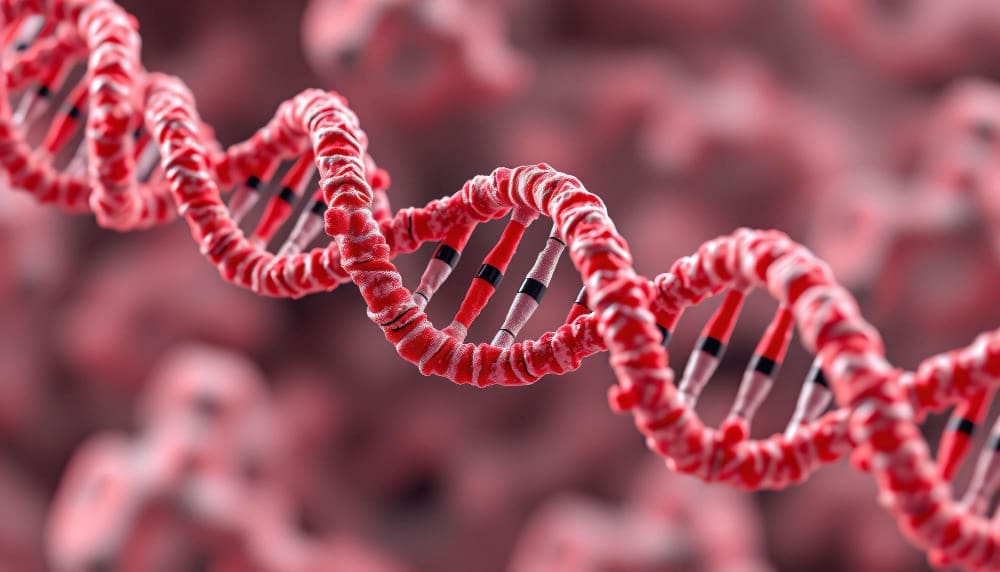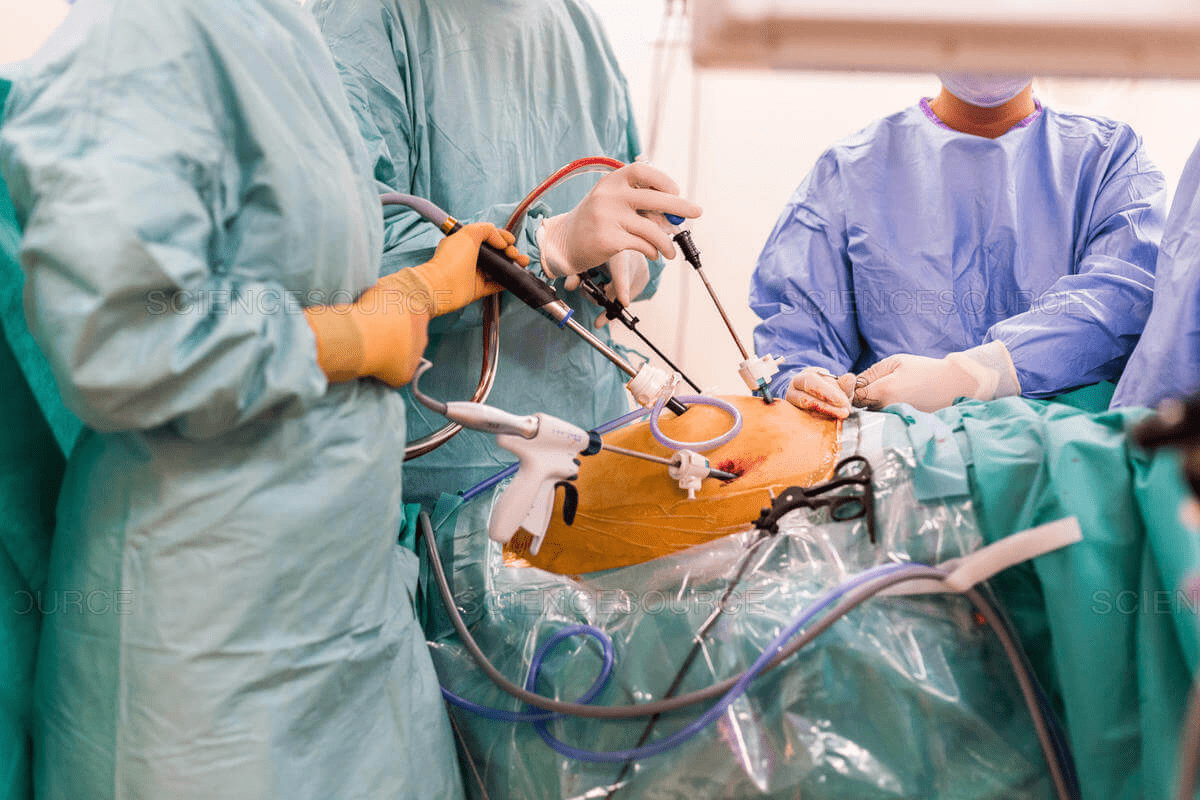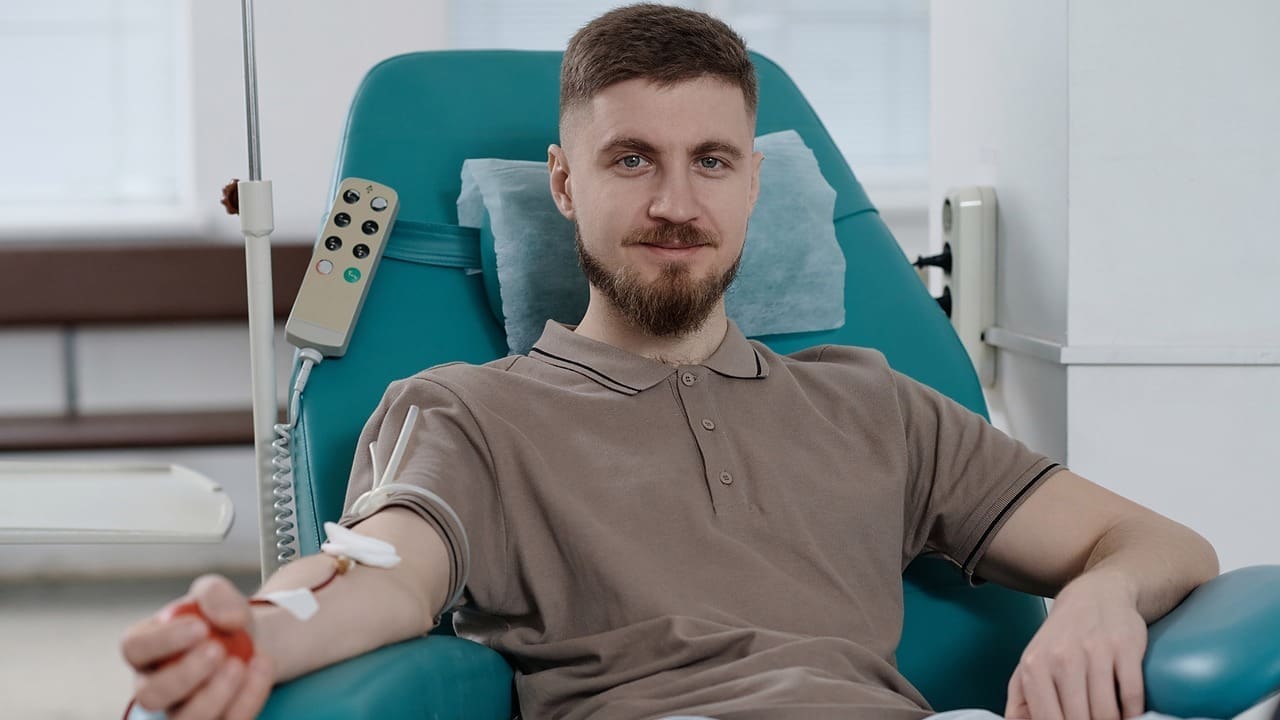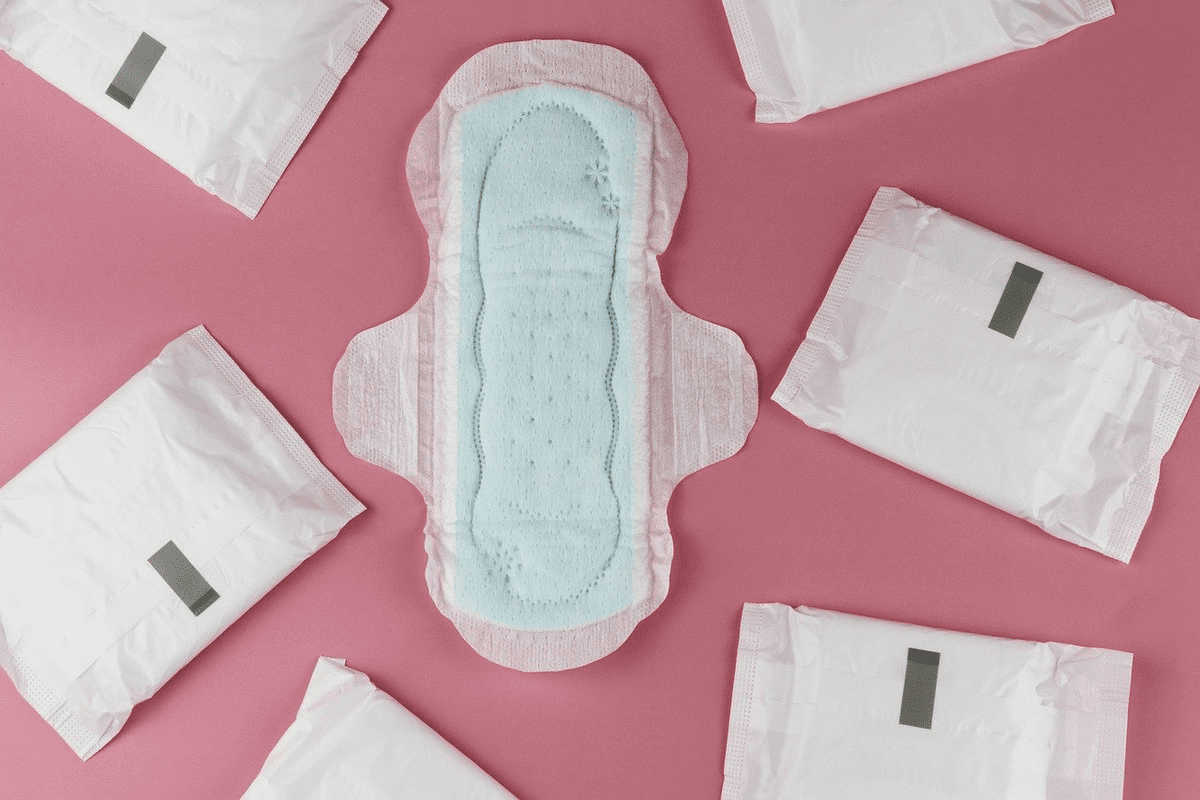Last Updated on September 19, 2025 by Saadet Demir
Induced pluripotent stem cells (iPSCs) have changed the game in regenerative medicine. They offer hope for fixing damaged heart tissue.
But, using iPSCs for heart repair comes with big challenges. There are worries about their safety, how well they work, and ethical issues. What are the disadvantages of using induced pluripotent stem cells to treat heart disease? These concerns show we need to fully understand their downsides.
This article will dive into the problems with using iPSCs for heart disease. We’ll look at the latest research and what the future might hold.
Key Takeaways
- The use of iPSCs for heart disease treatment is a rapidly evolving field.
- Safety concerns, such as the risk of tumor formation, are associated with iPSCs.
- Efficacy issues, including variability in cell quality, affect iPSC therapy.
- Ethical considerations surrounding iPSC derivation and application exist.
- Ongoing research aims to address these challenges and improve iPSC-based therapies.
Understanding Induced Pluripotent Stem Cells (iPSCs)
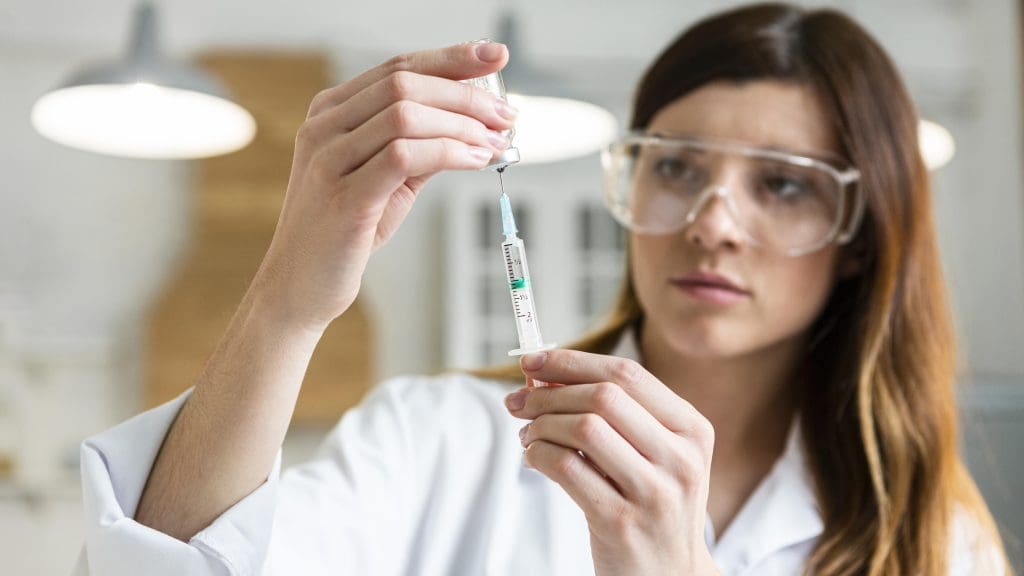
Scientists have found a way to turn adult cells into stem cells. This is called induced pluripotent stem cells (iPSCs). They are very promising for fixing damaged hearts.
Definition and Characteristics of iPSCs
Adult cells, like skin or blood cells, can be turned into iPSCs. They can become many types of cells, including heart cells. This makes them great for creating personalized treatments.
“The creation of iPSCs is a big change in science,” say top researchers. “It gives us a lot of cells for new treatments.”
The Reprogramming Process and Its Inherent Risks
The process of making iPSCs is not without risks. It can cause genetic problems. These issues come from how the cells change during the process. It’s important to understand these risks to make safe treatments.
Comparison with Other Cardiac Treatment Approaches
iPSCs have their own set of benefits and drawbacks. They don’t face the same ethical issues as some other stem cells. They also come from your own cells, which lowers the chance of your body rejecting them. But, the process of making them and the risk of genetic problems are big challenges.
It’s important to consider both the benefits and drawbacks of using iPSCs. As scientists learn more, we’ll see how these cells can help fix damaged hearts.
Stem Cells and Embryonic Stem Cells: Contextualizing iPSCs
It’s important to know the differences between embryonic stem cells, adult stem cells, and iPSCs. Each type has its own strengths and weaknesses. This knowledge helps us see how they can help treat heart disease.
Embryonic vs. adult vs. induced pluripotent stem cells
Embryonic stem cells come from embryos and can turn into any cell type. This makes them very useful for fixing damaged tissues. The California Institute for Regenerative Medicine (CIRM) is leading research on using them for heart disease.
Adult stem cells are found in grown-up bodies and can only change into a few cell types. They help fix and keep tissues healthy. Induced pluripotent stem cells (iPSCs) are made from adult cells that can change back into many cell types like embryonic stem cells.
- Embryonic stem cells: Pluripotent, derived from embryos, high differentiation capacity
- Adult stem cells: Multipotent, found in adult tissues, limited differentiation capacity
- Induced pluripotent stem cells: Pluripotent, generated from adult cells, risk of immune rejection
Unique disadvantages of iPSCs compared to other stem cell types
iPSCs have many benefits, like being made from the patient’s own cells. But, they also have big challenges. Robert Krasnick MD says one big problem is the chance of genetic mistakes during their creation. They might also keep some traits from their original cell type, which can limit how well they can change into different cells.
Compared to embryonic stem cells, iPSCs don’t face the same ethical issues. But, they bring new problems like the chance of not fully changing into the desired cell type. This can lead to tumors.
Ethical considerations across different stem cell sources
Using different stem cells raises many ethical questions. Embryonic stem cells are debated because they involve destroying embryos. This has led to the search for other options like iPSCs. Adult stem cells are less controversial but have limitations in how they can change into different cells.
iPSCs seem like a middle ground, being made from adult cells. But, they raise their own ethical concerns, like the possibility of genetic changes and their long-term effects on humans.
In summary, understanding the differences between embryonic stem cells, adult stem cells, and iPSCs is key to finding the best treatments for heart disease. Each type has its own benefits and drawbacks. We need to carefully consider these factors when looking for safe and effective treatments.
Genetic Instability and Mutation Concerns
The process of making induced pluripotent stem cells (iPSCs) can cause genetic problems. This is a big worry for using them to treat heart disease. Places like Austin, Texas, are working on this, but there are debates.
Chromosomal Abnormalities During Reprogramming
iPSCs often have chromosomal issues during their creation. These problems can happen because of DNA mistakes. Research shows these changes can make the cells less safe and effective.
For example, some iPSCs have too many or too few chromosomes. This can cause cells to not work right and might lead to tumors.
Epigenetic Memory and Incomplete Reprogramming
Epigenetic memory is another problem with iPSCs. It’s when the cells keep some of their old cell traits. This can make it hard for them to change into new cells fully.
This memory can also affect how well the cells can differentiate into different types. This makes it tough to get cells that work the same for treatments.
Long-term Genetic Drift in Cultured iPSCs
Keeping iPSCs alive for an extended period can lead to increased genetic problems. Over time, cells can get more and more different. This makes it hard to control the quality of the cells for use in treatments.
It’s important to watch how the cells change over time. This helps make sure the cells are safe and work well for heart treatments. Examining both the benefits and drawbacks of using embryonic stem cells is also crucial.
Tumorigenic Potentia in Cardiac Applications
iPSCs have a big risk of causing tumors, which is a major concern for their use in heart treatments. They are promising for heart disease treatment but can pose a serious risk to patients.
Teratoma Formation Risks in the Heart
One big risk with using iPSCs for heart treatments is teratoma formation. Teratomas are tumors with different types of tissues, like hair and muscle. This is very dangerous in the heart, where it could lead to heart failure.
The process of making iPSCs can make them unstable genetically, which might lead to teratomas. Also, leftover undifferentiated cells in heart preparations can increase tumor risk.
Residual Undifferentiated Cells in Cardiac Preparations
Undifferentiated cells left in heart preparations are a big worry. These cells can keep growing and might form tumors. Scientists are working on ways to get rid of these cells or make them fully differentiated.
They are looking into better ways to make these cells fully differentiated. This includes new protocols and cell sorting techniques. By doing this, they hope to lower the risk of teratomas.
Oncogene Activation in Cardiac Microenvironments
The environment around the heart can also affect the risk of tumors from iPSCs. Signals in this environment can turn on genes that help tumors grow. It’s important to understand how this works to prevent tumors.
The relationship between iPSCs and the heart environment is complex. More research is needed to understand how tumors form in the heart. This will help find better ways to use iPSCs safely.
Immunological Challenges and Rejection
Immunological hurdles are a big problem for using iPSCs in heart disease treatment. These challenges include both autologous and allogeneic approaches. They also involve the risk of immunogenicity and the need for immunosuppression.
Autologous vs. Allogeneic iPSC Approaches
Autologous iPSCs, made from the patient’s own cells, seem to lower the risk of rejection. Yet, they are expensive and take a long time to make. Allogeneic iPSCs, from donor cells, are quicker to use but risk being rejected by the immune system.
Choosing between autologous and allogeneic iPSCs depends on many things. These include the treatment’s purpose, the patient’s health, and the availability of donor cells. Scientists are working hard to find ways to reduce these risks.
Unexpected Immunogenicity of “Patient-Specific” iPSCs
Even with autologous iPSCs, there’s a chance of immunogenicity. This can happen due to epigenetic changes or new antigens during reprogramming. Research shows that “patient-specific” iPSCs can trigger an immune response, leading to rejection.
- Epigenetic modifications during reprogramming
- Expression of novel antigens
- Potential for immune recognition and response
Immunosuppression Requirements and Complications
To avoid rejection, immunosuppressive therapies might be needed. But these treatments can increase the risk of infections and long-term problems like cancer.
The need for immunosuppression shows the delicate balance between the immune system and the goal of healing the heart. Scientists are trying to find ways to reduce these risks while keeping the benefits of iPSCs.
Functional Integration Issues in Cardiac Tissue
Using iPSCs for heart repair raises concerns about their integration with native heart cells. This integration is complex and faces several challenges.
Electrophysiological Mismatch with Native Cardiomyocytes
iPSC-derived cardiac cells might have different electrical properties than native heart cells. This can cause irregular heartbeats and lessen treatment effectiveness.
Electrophysiological differences come from variations in ion channel expression and function. It’s key to understand these to improve integration.
Arrhythmogenic Potential of iPSC-Derived Cardiac Cells
Introducing iPSC-derived cardiac cells into the heart might cause arrhythmias. This is due to electrophysiological mismatch and undifferentiated cells.
Studies suggest that arrhythmia risk can be lowered by improving cell purity and maturity. Techniques like cardiac cell sorting and maturation protocols are being explored.
Mechanical Coupling and Contractile Force Limitations
iPSC-derived cardiac cells must also integrate mechanically with native cardiac tissue. They often have reduced contractile force and may not couple well with surrounding cardiomyocytes.
| Integration Challenge | Description | Potential Solution |
| Electrophysiological Mismatch | Differences in ion channel expression and function | Improved cell maturation protocols |
| Arrhythmogenic Potencial | Presence of residual undifferentiated cells | Cardiac cell sorting and purification |
| Mechanical Coupling Limitations | Reduced contractile force and inefficient coupling | Enhanced mechanical conditioning and tissue engineering |
In conclusion, while iPSC-derived cardiac cells show promise for heart disease treatment, addressing integration issues is key. By tackling these challenges, researchers can enhance the safety and effectiveness of these therapies.
Manufacturing and Quality Control Obstacles
Using iPSCs for heart treatments faces big hurdles in making and checking the quality of cells. Turning iPSCs into heart cells is a complex task. It needs careful steps to make sure the cells are of high quality.
Regenerative medicine has big benefits, like treating heart disease. But making lots of iPSCs for heart treatments is hard. It’s challenging to produce enough cells while maintaining high quality.
Scalability Issues for Clinical Cardiac Applications
Scalability is a significant challenge in producing iPSCs for heart treatments. Making enough cells for one patient is hard. Current methods often can’t meet these needs.
To solve this, scientists are looking into new ways to make more iPSCs. They’re working on better ways to reprogram cells and using bioreactors to grow them.
Batch-to-Batch Variability in Cardiac Differentiation
Another big challenge is the difference in cell quality from batch to batch. This can make the cells less effective or unsafe.
To fix this, strict quality checks are being put in place. These include detailed tests to make sure each batch is the same.
Purification Challenges and Contamination Risks
It’s essential to clean the heart cells made from iPSCs well. This stops bad cells from mixing in and causing problems.
Scientists are using advanced methods like FACS to clean the cells better. This makes the heart cell preparations safer and more effective.
| Challenge | Description | Potential Solution |
| Scalability | Limited capacity for large-scale production | Bioreactor technology, optimized reprogramming protocols |
| Batch-to-Batch Variability | Inconsistency in cell differentiation | Standardized differentiation protocols, rigorous quality control |
| Purification Challenges | Contamination with off-target cells | Advanced cell sorting techniques (FACS) |
iPSC-based heart treatments are up-and-coming. But, we must solve the problems of making and checking the quality of cells. By tackling these issues, we can fully use the power of regenerative medicine stem cells to fight heart disease.
Regulatory and Clinical Translation Barriers
Regulatory hurdles and complex clinical trial designs slow down iPSC-based cardiac treatments. Moving these therapies to the clinic is a big challenge. It involves navigating a challenging regulatory landscape.
FDA and International Regulatory Hurdles
The FDA and other global agencies have strict rules for iPSC-based treatments. These rules are meant to keep treatments safe and effective. But, they can make getting approval take a long time.
Key regulatory challenges include:
- Ensuring the consistency and quality of iPSC-derived products
- Addressing the risk of tumors and genetic problems
- Showing that these therapies work in real-world trials
Clinical Trial Design Complexities
Creating clinical trials for these cardiac therapies is very complex. These trials require careful planning to ensure the treatments are both safe and effective.
| Clinical Trial Aspect | Challenge | Potential Solution |
| Patient Selection | Finding the right patients for these therapies | Creating clear rules for who can get the treatment |
| Trial Design | Deciding between open-label and controlled trials | Adapting trial designs as new data comes in |
| Outcome Measures | Choosing the right ways to measure success | Using a mix of clinical and surrogate markers |
Long-term Safety Monitoring Requirements
It’s important to watch patients for a long time after treatment. This helps find any long-term side effects.
Key aspects of long-term safety monitoring include:
- Setting up a strong patient registry
- Doing regular check-ups
- Having plans for dealing with long-term issues
Practical Limitations in Acute Cardiac Care
Induced pluripotent stem cells (iPSCs) show promise for fixing damaged hearts. But, using them in emergency cardiac care faces many hurdles. These include timing, getting the cells to the heart, and keeping them alive.
Timing Constraints in Myocardial Infarction Treatment
The time to treat a heart attack is very short. Rapid reprogramming and differentiation of iPSCs are key to fixing the heart quickly. But, making these cells takes longer than the heart attack’s acute phase.
To solve this, scientists are looking into novel reprogramming techniques. They aim to make cardiomyocytes faster. Yet, ensuring the quality and function of these cells is a big challenge.
Delivery Method Challenges to the Damaged Heart
Getting iPSCs to the damaged heart is hard. Researchers have tried intracoronary infusion and direct myocardial injection. Each method has its pros and cons, like keeping cells in place and avoiding harm.
- Intracoronary infusion may result in limited cell retention.
- Direct myocardial injection can cause tissue damage.
- Other methods, such as epicardial delivery, are being investigated for their ability to improve cell retention and survival.
Cell Survival in the Hostile Post-Infarct Environment
The heart after a heart attack is not a good place for new cells. It’s full of inflammation, oxidative stress, and limited blood supply. Keeping iPSCs alive here is key for heart cell therapy to work.
To help cells survive, scientists are looking at co-administering supportive cells or factors. They also want to precondition iPSCs before transplanting them. This makes them stronger against the harsh environment.
Conclusion: Future Directions and Overcoming iPSC Limitations
Research is ongoing to improve induced pluripotent stem cells (iPSCs) for heart disease treatment. Despite challenges, scientists aim to make iPSCs safer and more effective. They need to tackle issues like genetic instability and the risk of tumors.
Improving how iPSCs are made and how they turn into heart cells is key. Genome editing and new materials could help solve some problems. This will make iPSCs better for treating heart disease.
As scientists keep working, iPSCs will become more important in heart disease treatment. By solving the current issues, they can offer new hope to those with heart problems.
FAQ
What is the current status of research on using iPSCs for heart disease treatment?
Scientists are working to improve iPSCs. They aim to make them safer and more effective. Several clinical trials are testing their use for heart disease.
Can iPSCs be used effectively in acute cardiac care settings, such as myocardial infarction?
Using iPSCs in emergency heart care is tricky. It takes time to make and prepare the cells. Getting them to the heart and keeping them alive is also a challenge.
What regulatory hurdles need to be overcome for iPSC-based cardiac therapies to reach the clinic?
These therapies must meet FDA rules and international standards. This includes long-term safety checks and addressing genetic concerns.
What are the manufacturing and quality control challenges for iPSC-based cardiac therapies?
Making lots of high-quality iPSCs is hard. It’s tough to make them into heart cells consistently and safely.
What are the challenges associated with the functional integration of iPSC-derived cardiac cells?
These cells might not work well with the heart. This can cause heart rhythm problems and weaker heart function.
Can iPSCs be used for autologous transplantation, and what are the implications for immunogenicity?
Yes, iPSCs can be made from a patient’s cells for their own use. But, there’s a chance of immune reactions due to changes in the cells.
What is the tumorigenic risk of iPSCs when used in cardiac applications?
There’s a risk of tumors when using iPSCs in the heart. This is because some cells might not fully change into heart cells.
How do iPSCs compare to adult stem cells in terms of their differentiation ability for heart disease treatment?
iPSCs can become more types of cells than adult stem cells. But adult stem cells are safer and have been used for years.
What are the risks associated with the reprogramming process of iPSCs?
The process of making iPSCs involves changing genes. This can lead to genetic problems and instability.
What are the advantages of using iPSCs over embryonic stem cells for heart disease treatment?
Using iPSCs avoids ethical issues seen with embryonic stem cells. They might be used from the patient’s own cells, reducing immune rejection risks.
What are induced pluripotent stem cells (iPSCs) and how are they used in treating heart disease?
Induced pluripotent stem cells (iPSCs) come from adult cells like skin or blood. They can turn into many types of cells, including heart cells. Scientists think they might help fix damaged heart tissue.

